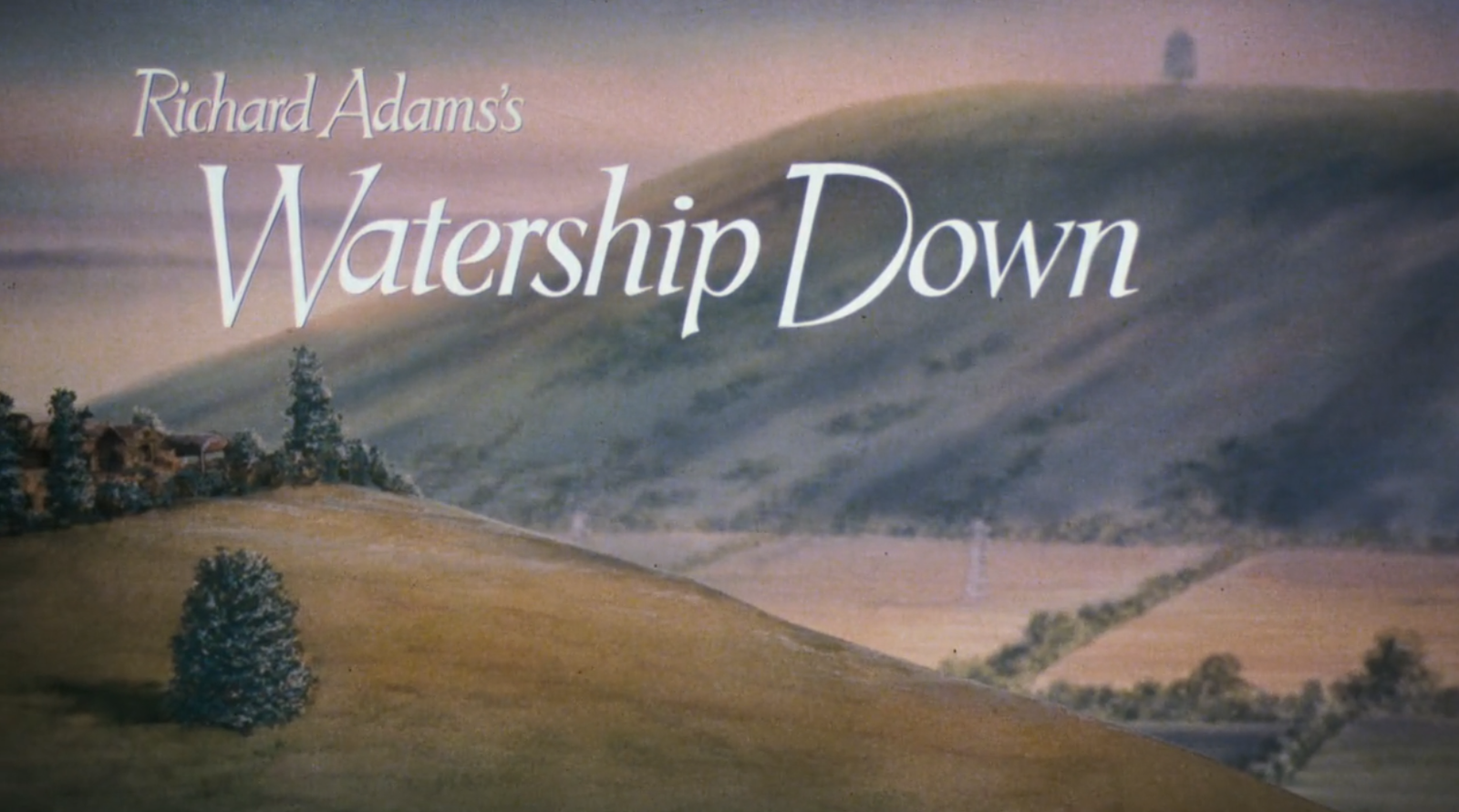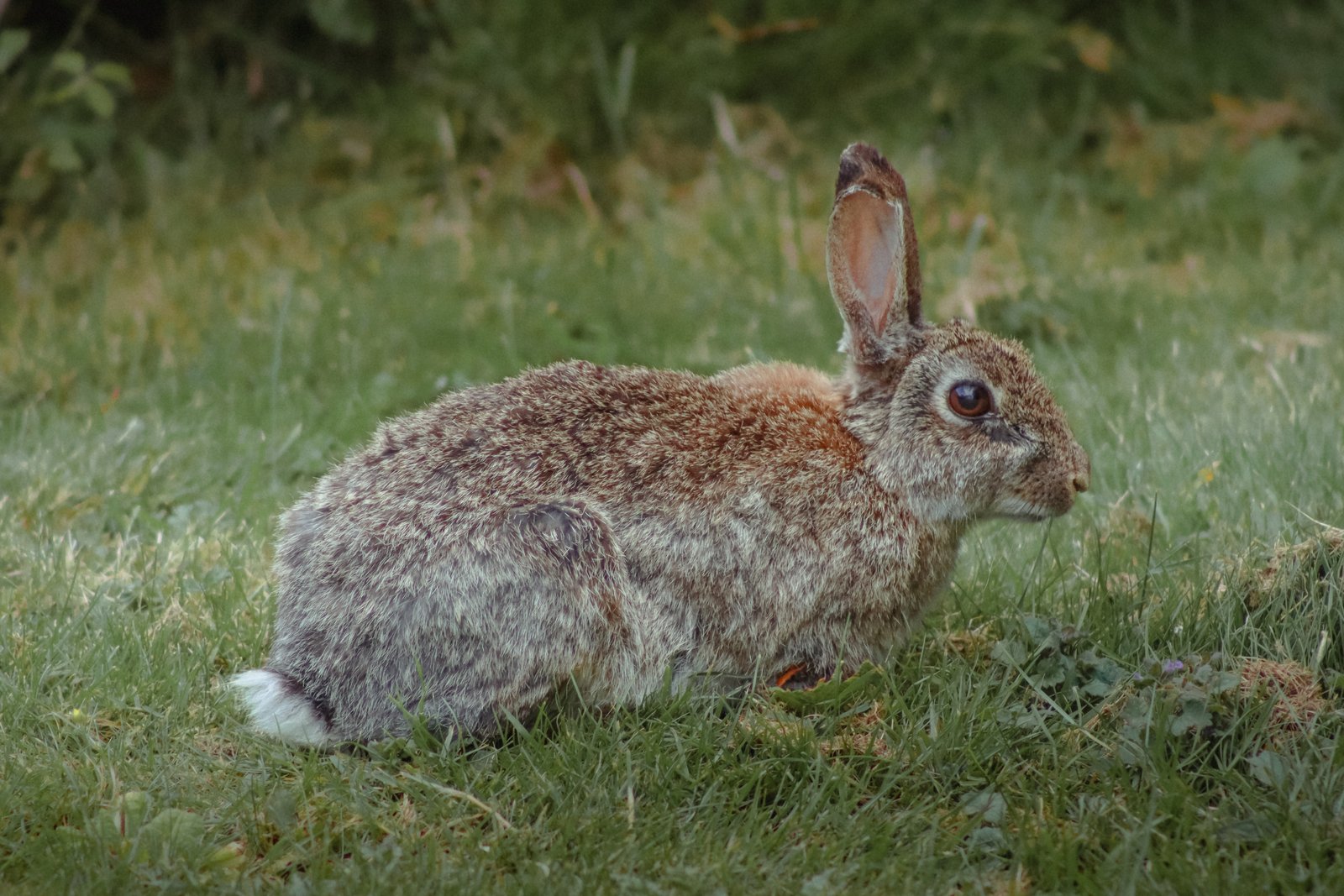On the Real Watership Down
About This Website
How On the Real Watership Down came into being.
Finding Watership Down

On a changeable July night in 2021 I found myself sat outside a Hampshire pub called the Watership Down Inn. Being completely unfamiliar with the area I had no idea where I actually was or why it had been named after a film about rabbits. An acquaintance filled in the gaps as to why he’d arranged to meet me and some others here: Watership Down is a real place, being only a few miles away, and he’d recently paid a visit with his family. They stopped at the inn on the way home and he’d been impressed by the hospitality.
Before then I’d not understood there was a real Watership Down. I’d simply assumed it was a fictional location. I had vague recollections of there being a book of the same name on the shelf in my secondary school library, but I never read it, because I didn’t have good memories of the film. I was three in 1978 when the movie was released and I was one of those taken to watch it at the cinema by their parents. Whilst I certainly enjoyed some of it—Kehaar and the glorious scene where the rabbits take in the view from the down—this was outweighed by the beastly Woundwort, Hazel being shot, Bigwig choking in a snare and the psychedelic destruction of the Sandleford warren. I was subsequently gifted a copy of the picture book that accompanies the film. I recall asking my father to cover up stills from the scenes that had scared me. In truth, I rarely looked at the book because the film had given me nightmares.
Sometime in the mid-noughties (that’s British slang for the period 2000-2009) I bought the film on DVD to try and rationalise what I’d witnessed on the screen as a pre-schooler. I welled up in the first seconds and sat in tears throughout the whole film. It wasn’t just a case of reliving the past, it was the beautiful watercolour backdrops and the realisation that rural England and its creatures are at the mercy of humanity. I didn’t watch it again for almost two decades. Even now I still find certain scenes cause the tears to rise.
Back to 2021, and within a few weeks of visiting the Watership Down Inn, I found myself trekking to the top of the real place with my very best friend. We took in the views, enjoyed the peace and I wandered down to the Richard Adams plaque on the guard around a young beech tree. We had a wonderful time doing next to nothing and, best of all, we saw some rabbits close to a hedgerow (next to what I now know is the beech hanger). On the path back down, I was drawn in by scenery over Hare Warren Down and on to Beacon Hill in the distance. I understood why Fiver wanted to bring the other rabbits here.
Over the next few years Watership Down became one of my most special places. Time and weather allowing, I would stop when I was in the area. I would take a walk up there, or, if it was blowing a gale, stop by the side of the large field underneath it and look up. At the very least I would drive by, on the narrow road running from Kingsclere to the Sydmonton Crossroads and Old Burghclere.
Eventually, in early 2024, I decided to sit down and read Richard Adams’ novel. I was taken aback with his brief foreword in which he noted all of the locations in the story were real. Having already fallen so much in love with Watership Down and its surrounding landscape, I was eager to experience all of these other places for myself.
The information here is the result of my travels around northern Hampshire and into West Berkshire with my camera. Rather than consign all of the photos to a dark corner of my hard drive, I decided to piece together this website for others to draw from.
My Route
Whilst it would have been lovely to follow the route taken by the rabbits from Sandleford Park, through Newtown Common, Cowslip’s Warren, onto Watership Down, Efrafa, Laverstoke and back to Watership Down, my circumstances meant this was not possible. Instead, I chose to visit whatever location took my fancy when I woke up, or seized the moment if I was passing close to somewhere in the book.
Mapping
I know I am going to be asked to include maps for each individual entry.
At the start of my travels around the landscape of Watership Down it was my intention to provide maps. I wanted to help anyone looking to complete their own pilgrimage by providing as much detail as I could. Then, a little way into my own journey, I realised that much of my enjoyment came from not having everything handed to me. I appreciated that sources such as Chris Boyce’s archived (though still excellent) website gave me enough information to be on my way, but not enough of it to avoid making mistakes. I tripped over barbed wire and had my new shoes sucked off in boggy ground during my first visit to Sandleford Park. Only after did I realise I’d taken photos of entirely the wrong bit of woodland. A map would have helped me avoid getting in such a mess, but one of the takeaways from Watership Down is that we sometimes have to be brave and do our own exploring; find things out for ourselves. This allows us to see things we would otherwise miss. In my case, being in the wrong copse allowed me to get a photo of Sandleford Park primroses—and if you’ve read the novel you will understand their relevance.
By way of compromise, you can find the map I have built up during my journey by clicking here. It includes pretty much all of the locations I’ve visited from the novel but some may be missing. There may also be some that haven’t, for one reason or another, yet made their way onto this website.
Cover Star
Photograph taken June 2022.
The header image on the front page of this website is a real wild rabbit. Whilst the photograph wasn’t taken on Watership Down, it was captured in Hampshire, not far from the River Test.
Thank You To…
It was whilst researching Sandleford Park, where both the novel and film begin, that I came across the fantastic websites of David Buttery and Chris Boyce. Both had made their own pilgrimages around the locations in Watership Down and recorded what they’d found through photographs and text. Along the way I came across Newell Fisher’s excellent Watership Down Podcast. It offers wonderful analyses of the characters and plot from the book, 1978 film and other productions of the story. The video episodes proved particularly useful in pinning down locations such as the beanfield. Both Newell and Chris have been extremely gracious and helpful with their responses when I’ve asked them for advice or opinions from their own journeys around the landscape of Watership Down.
I’ve bumped into various people whilst out and about with my camera, some of whom have been very keen to help. Jackie from Northington Farm was kind enough to give me permission to visit the arch under the railway line near Overton. Stephen Fleming filled in some of my local knowledge gaps with regard to place names around Watership Down (and also made me aware of the importance of the field where Hazel was released by Dr Adams to the survival of bees in the area). There was also the walker who never told me his name but was extremely enthusiastic when I told him where I was headed with my camera. He shared details of where he was told the rabbits had crossed the Enborne at the edge of Sandleford Park. He may have been right, but I’d totally forgotten his directions by the time I made it down to the woodland.
I have also made some use of the Whitchurch Association’s Watership Down Trail map which pinpoints some of the key sites in the novel.
Most important of all is my very best friend who shared that first experience on Watership Down with me. With her endless warmth and kindness she has encouraged me to keep going with a project that was originally going to be no more than a collection of photos stored on my hard drive. We share a love of Bigwig and think the world needs more in-yer-face but ultimately principled and caring heroes like him.
